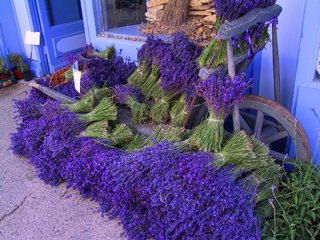 Australasian College of Health Sciences
Australasian College of Health SciencesA perfect way to approach to a spring cleanse is by adding a little aromatherapy to your regimen. Aromatherapy is a subtle yet powerful adjunct to any healing modality. According to Ayurveda, aromatherapy uses fragrances to promote the healing process, includes essential oils, flower essences and incense. It is effective for psychological (emotional) and psychic (spiritual) disorders. It also aids in meditation, disease prevention, health maintenance, longevity and rejuvenation. It is said to helps cleanse the chakras and channels. Traditionally,
aromatherapy is an important therapy in Ayurveda and is
mainly used for treating the mind. Recent research conducted in Europe and Soviet Union reveals that effects of odors on the psyche may be more important than scientists have suspected. Aromatic oils are usually applied externally unless diluted properly. Essentials oils can be placed on special areas on the skin, like between the eyebrows (crown chakra), the temples for headaches, root of the nose for sinus conditions or on the wrists, behind the ears and neck where they can be
easily smelled.
A great and pleasant way to approach a detoxification for spring using aromatherapy is by taking an aroma bath or soak. This can be done with either relaxing or stimulating essential oils and the effects of this type of therapy can be felt almost immediately. A combination of two natural factors is
responsible for the enhanced effect. First, the already high rate of penetration of an essential oil is further increased by the elevated temperatures of the bath water and by their hydrophobic nature. Although there are many different kinds of essential oils, there are primarily three different types: Flower aromas, spicy and pungent aromas and fruity sweet and sour fragrances. Their energetics are much like herbs in terms of heating, cooling or neutral. Flower fragrances like rose,
jasmine or gardenia are usually sweet or bitter in taste and cooling in energy. They calm the nervous system by decreasing irritability and anger. Spicy oils like clove, cinnamon or ginger are pungent in taste and heating in energy. Their action is more
stimulating and circulating and tends to clear the head. Fruit
fragrances like bergamot, lemon or grapefruit are neutral to cooling in energy and can uplift, relax or stimulate.
For a detoxifying effect, chamomile oil has been shown
neutralize the effect of toxins produced by bacteria. Both staphylococci and streptococci toxins are sensitive to chamomile oil in very small doses. Lavender and chamomile are a great combination for relaxation. Throw in some rose petals and relax to your heart’s content. For something a little more stimulating and refreshing, try rosemary and peppermint together in a morning bath, which will give you an invigorating effect throughout the day. A good method to add to this lovely ritual and to eliminate toxicity is by dry skin brushing before the actual bath. This procedure will remove the layers of dead cells, stimulate the pores, tone muscles, redistribute fatty deposits, break up cellulite and stimulate circulation. Be sure your brush is made of natural bristles. Adding Epsom salt in your bath helps to draw out impurities and relax the muscles.
During this spring season, try setting aside special times
during the week to pamper and detoxify you mind, body and spirit by adapting an aroma bath into you daily regimen.
You’ll be surprised at how much of a difference it can
make in your life. A great method and recipe is using
2-3 cups of Epsom salt per full bath. Add the essential
oils to the Epsom salt beforehand and mix well
using 3-4 drops of each oil, no more than
15 drops. Add directly into the water and
swirl the mixture around.

